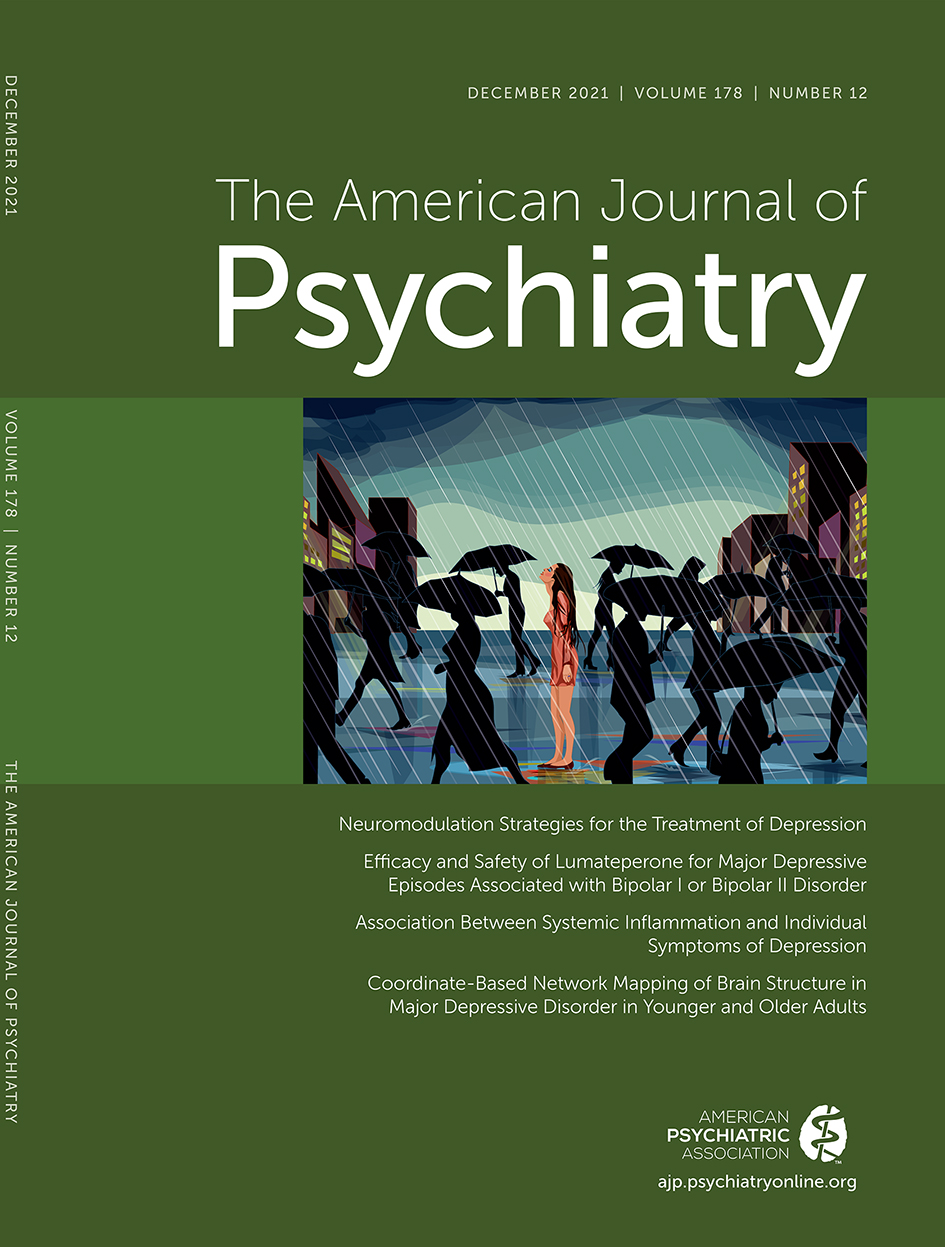Association of ECT With Risks of All-Cause Mortality and Suicide in Older Medicare Patients
Abstract
Objective:
This observational study examined the effects of electroconvulsive therapy (ECT) on suicide and all-cause mortality risk in older psychiatric patients.
Methods:
Participants were Medicare-insured psychiatric inpatients age 65 or older. Patients receiving ECT were exact-matched to control subjects (in a 1:3 ratio) on age, gender, principal hospital diagnosis, past-year psychiatric hospitalizations, past-year suicide attempts, and Elixhauser comorbidity index. Cox proportional hazard models were risk-adjusted for race, year of hospitalization, rural-urban continuum code, year of index hospitalization, median income of zip code, and all matched covariates to estimate hazard ratios with 95% confidence intervals.
Results:
A total of 10,460 patients in the ECT group and 31,160 in the control group were included in the analyses (total N=41,620; 65.4% female; mean age, 74.7 years [SD=7.09]). Compared with the control group, patients receiving ECT had lower all-cause mortality for up to 1 year following hospital discharge (adjusted hazard ratio=0.61, 95% CI=0.56, 0.66). For death by suicide, 1-year survival analysis showed no group difference. A significant association was observed with suicide in the first months following ECT, but this pattern waned over time (1 month: hazard ratio=0.44, 95% CI=0.21, 0.91; 2 months: hazard ratio=0.52, 95% CI=0.29, 0.92; 3 months: hazard ratio=0.56, 95% CI=0.37, 0.92; 6 months: 0.87, 95% CI=0.59, 1.28; 12 months: 0.92, 95% CI=0.68, 1.25).
Conclusions:
In this observational study, ECT was associated with lower 1-year all-cause mortality and with short-lived protective effects on suicide risk. These findings support greater consideration of ECT for inpatients with mood disorders at short-term risk of suicide.



